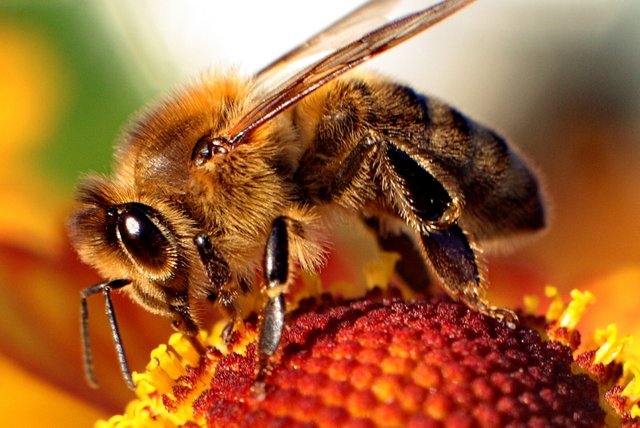
Before I start, let's talk about why we should raise bees. Honey is a great reason, as there is nothing that beats your own homemade honey, but there are other things the bees also produce. For example, they produce beeswax, which you can use to make your own candles and beauty products. Pollination is also a good reason to have bees, as if you have a small garden it can produce lots of products due to the large amount of bees that will pollinate it. A final reason to do some beekeeping is that bees are very independent, and do not require a lot of maintenance. However, there are a few cons to look into as well. The first, and most major one is probably the fact that bees can sting. Another issue is the cost of supplies, and sometimes when beekeeping, the first year does not go very well.

So, let's get started! But before we do that, make sure that you check the local laws. Some places do not allow beekeeping. Also, know that bees take the quickest path from one location to another, known as a beeline, and that they may defecate in midair. When choosing a place to put a hive, try to make it in an open space, and let it get a little bit of sunlight (not too much). The best place to put a hive is in a sheltered area, not a hilltop as those are too windy. As you may know, nectar comes from different kinds of flowers. In fact, honey may taste very different depending on which kinds of flowers are the main source for the nectar that the bees bring back to the hive. Be careful about pesticides, as they can kill bees, and if they don't initially and the bee brings it back it can kill other bees or even the queen bee.
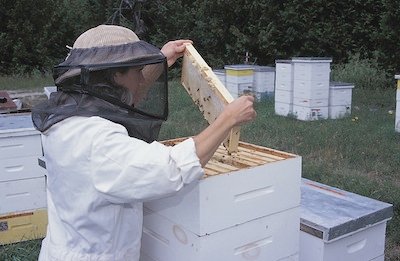
There is quite a bit of equipment that you will need to start beekeeping. The first major piece of equipment is beekeeping clothing. You need to have proper protection from the bees, or else you may get stung. Generally, for a beginner, a veil is important, along with sting proof gloves and sting proof clothing that covers your entire body. Other than the hive, which I will discuss later, you will need something called a smoker, which produces smoke and help the bees calm down. You will also need something called a hive tool, which is used to loosen the frames and the boxes that bees are in. One of the last tools you will need is something called the uncapping knife, which is used uncap wax cells where the honey is stored. There are plenty of places that you can go to to purchase beekeeping equipment.
Another thing to consider before buying the bees themselves is a hive. The most common hive for beginners is a hive that uses the Langstroth method.
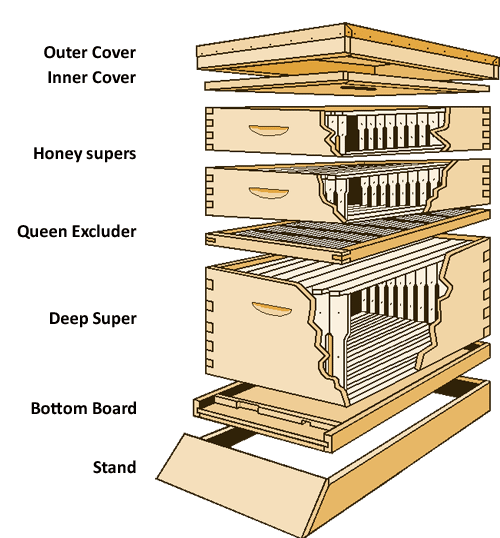
You don't really need to worry about how to exactly build it though, as there are many kits for sale that are under $150. There are a few things to consider about the exact location of the hive. One important one is that it can be warmed by the morning sun. It should also be sheltered from the wind. A beehive needs to be near a source of water, as bees also need to drink. The beehive should be painted white or black, depending on where you live, but never with a toxic paint. To prevent bees from being a nuisance, there should be a fence around nearby street locations so that the bees fly over it.
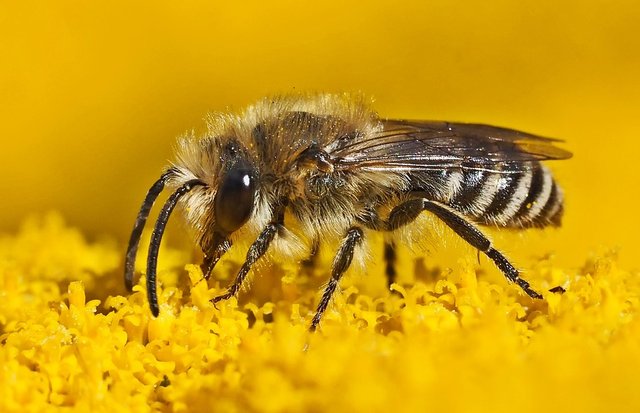
After you have built a beehive, you will need to find some bees. Bees are very social creatures, and that is why it is important to know the basics of bee society. There are three main levels of bees: the worker, the drone, and the queen. Worker bees are females and are responsible for things like tending to the hive, its queen, guarding the hive's entrance, and collecting food. Drones are the males, and the only thing they need to do is mate with the queen. The queen herself is responsible for the genetic traits found withing a colony. To get bees, you can go through the wild and search for clusters of bees called swarms. If these swarms are on a tree limb, it is best to cut the entire limb and gently shake the bees into a container. Bees on a flat surface can be guided with a piece of cardboard, or some smoke behind them. However, by getting these bees for free, they may have certain diseases or have poor genetic material, resulting in weak bees. You should also be careful with regards to property laws, as taking a beehive on someone else's property may be considered stealing.

There are two main ways in which you can buy bees, which are in a package or a nucleus. The package method comes stocked with some worker bees, a queen bee, and some sweet syrup for the bees to eat out of. Here is where you make an important decision: How to introduce the bees to the queen. There are two main methods, the indirect method and the direct method. In the indirect method, the bees eat their way through food to get to the queen and slowly get used to her. This method is safer but may take longer. The direct method is to let out the queen bee directly into the hive, but the bees may attack her and destroy the hive. However, if the bees do not attack her, or the queen survives the attack, it may be faster than the indirect method, but it is also more risky. The other kind of thing that you can buy is a nucleus, which is already a small, fully functioning hive. You may, however, run into the fact that the queen is a weak or old queen, resulting in poor honey production and weak bees.
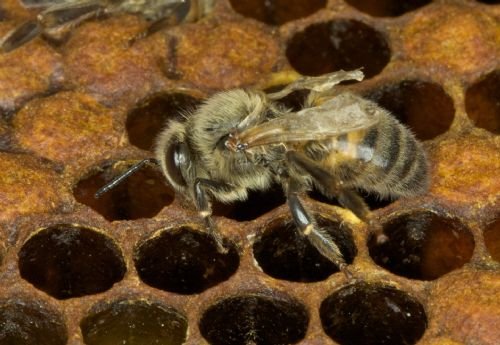
Before you can start harvesting the liquid-gold that bees make, you need to know about some diseases that bees can catch. Here are the most common ones: Varroa Mites, which are parasites that attack both the larvae and adult bees. A medicine called Apistan appears to work well on them. Foulbrood is a virus that can deform and kill sealed broods of honeybees. CCD, or colony collapse disorder, is when bees just start leaving the hive. There is no cure for it, but some researchers have found that it is caused by both of fungus and a certain virus being present. When winter comes, you may want to wrap up your beehive, but make sure that the bees are not literally trapped in the hive.
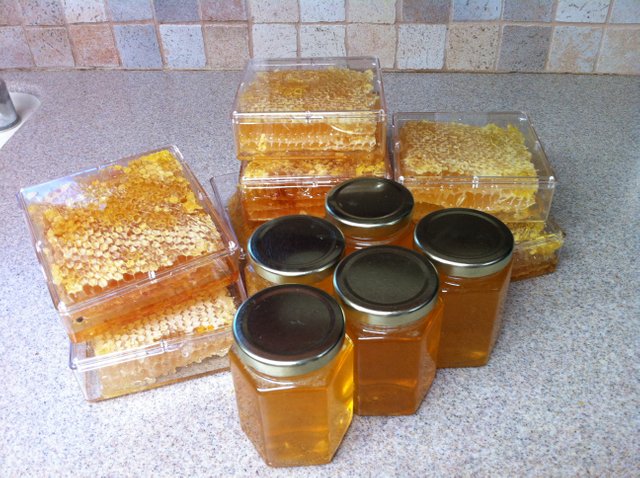
So, now you have the bees, which means that you have honey. Before you start harvesting honey by yourself, it is recommended that you go out with an expert for a few times to get the hang of it. Generally, there is a basic process of collecting honey. You need to make sure that you use small, gentle movement instead of large ones when collecting honey. The first step is get the bees off of the supers (a special layer in the bee hive). Try not to use smoke, as this may affect the taste of the honey. The next step is to remove the supers, and get the honey out of them. This can be done by uncapping the wax on the combs, or by purchasing a special extractor or centrifuge to make it easier. After this is done, you should strain the honey through cheesecloth to remove excess wax. Keep the honey in a settling tank to allow air bubbles to go up and bring foreign object with them, making those objects easier to remove. Then, you will need to skim off the foam. After you figure out which temperature you can store the honey at, you can start bottling it and then start selling it!
I hope you guys enjoyed this tutorial. I would like to give a special thanks to almanac.com for providing some of the information here.
Greetings! This article has been featured in Lost Content Digest, Issue #4. The author will receive a share of all SBD proceeds from the LCD issue.
Downvoting a post can decrease pending rewards and make it less visible. Common reasons:
Submit
Hi, I found you through biophil.
This video is for you and everyone who likes bees:
Downvoting a post can decrease pending rewards and make it less visible. Common reasons:
Submit
Interesting but curious about your use of 'steemit' and 'steem' as tags?
Downvoting a post can decrease pending rewards and make it less visible. Common reasons:
Submit
I want to get into bee keeping, just building a house on a 190acre farm/forest and will definitely have some bee boxes once I'm living there year round to take care of them.
Downvoting a post can decrease pending rewards and make it less visible. Common reasons:
Submit
Nice!
Downvoting a post can decrease pending rewards and make it less visible. Common reasons:
Submit
I knew a romanian beekeeper, but mostly he kept our btc's...
Downvoting a post can decrease pending rewards and make it less visible. Common reasons:
Submit
Haha!
Downvoting a post can decrease pending rewards and make it less visible. Common reasons:
Submit
Great post thanks
Downvoting a post can decrease pending rewards and make it less visible. Common reasons:
Submit
You were bold to take on such a huge topic here. I am looking forward to setting up my first hive next spring and am amazed by how much there is to learn. I am going to attend a "beekeeping school" which is offered by my local beekeepers association. I went to my first meeting last month and the one VERY IMPORTANT take away I got was that no beekeeper should be without an EPI Pen in their kit. There was a life long beekeeper who out of the blue after years of beekeeping almost died because she went into anaphylactic shock after being stung by ONE BEE while trying to help her hive after a bear had gotten into it.
Downvoting a post can decrease pending rewards and make it less visible. Common reasons:
Submit